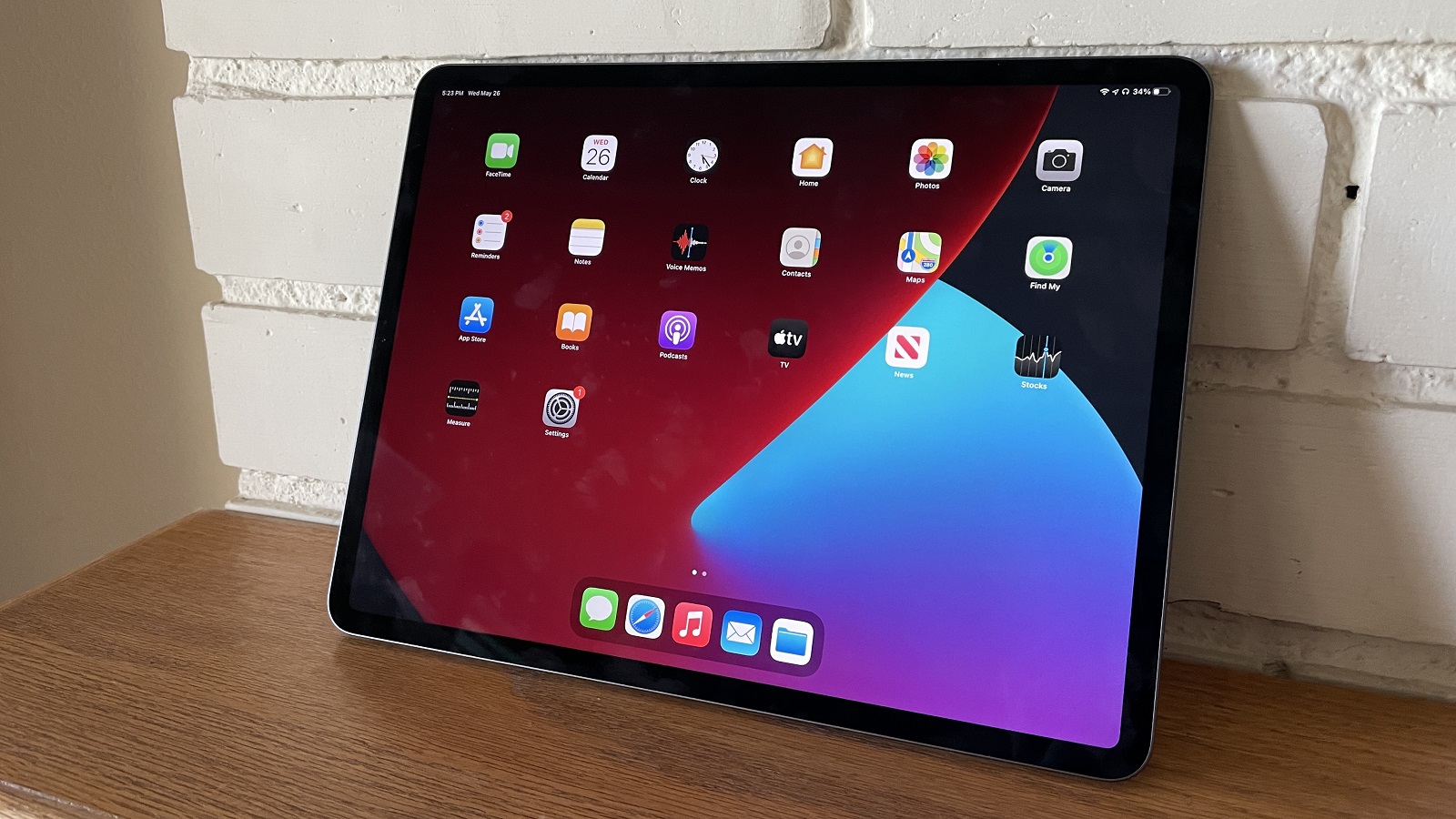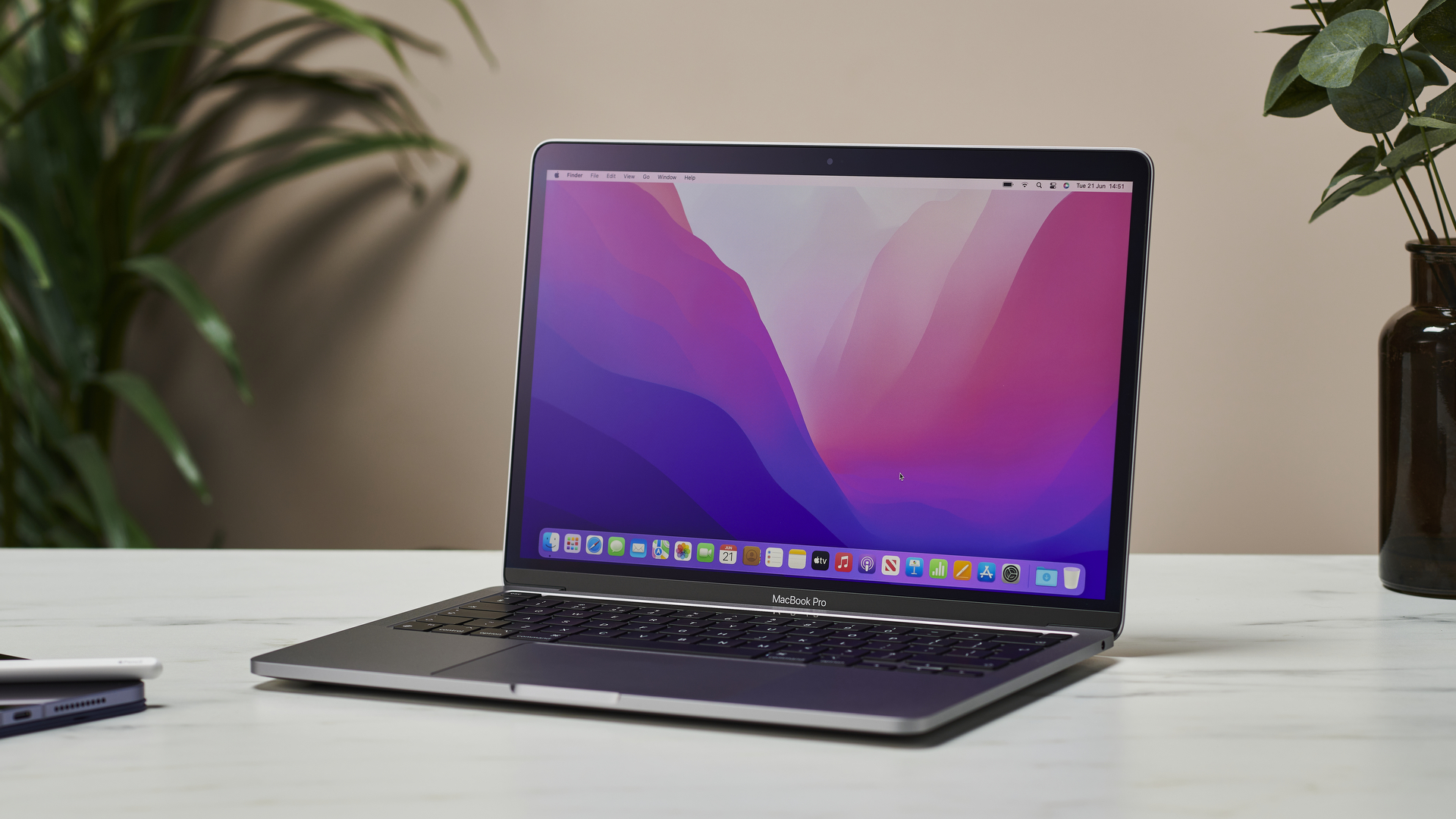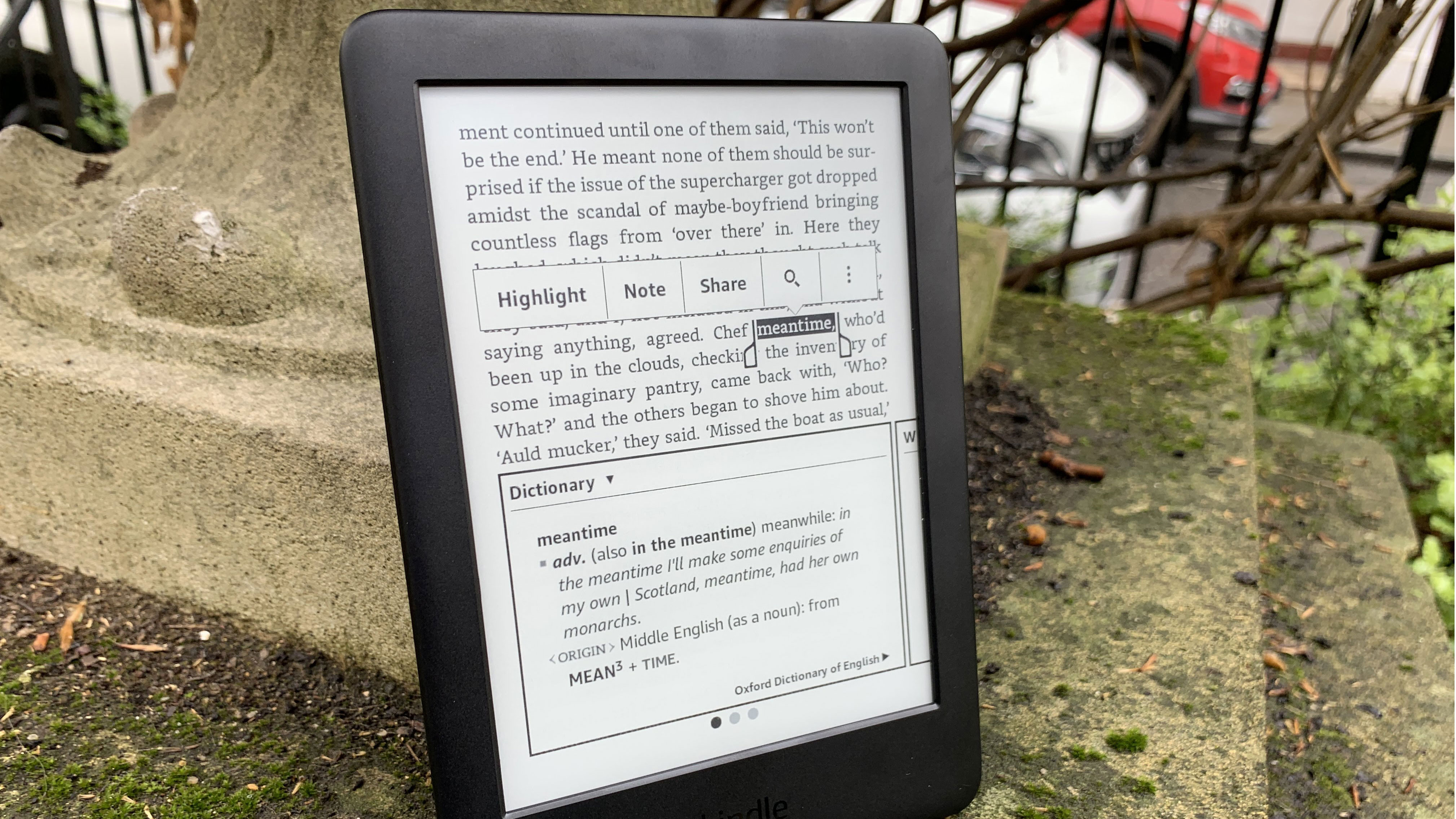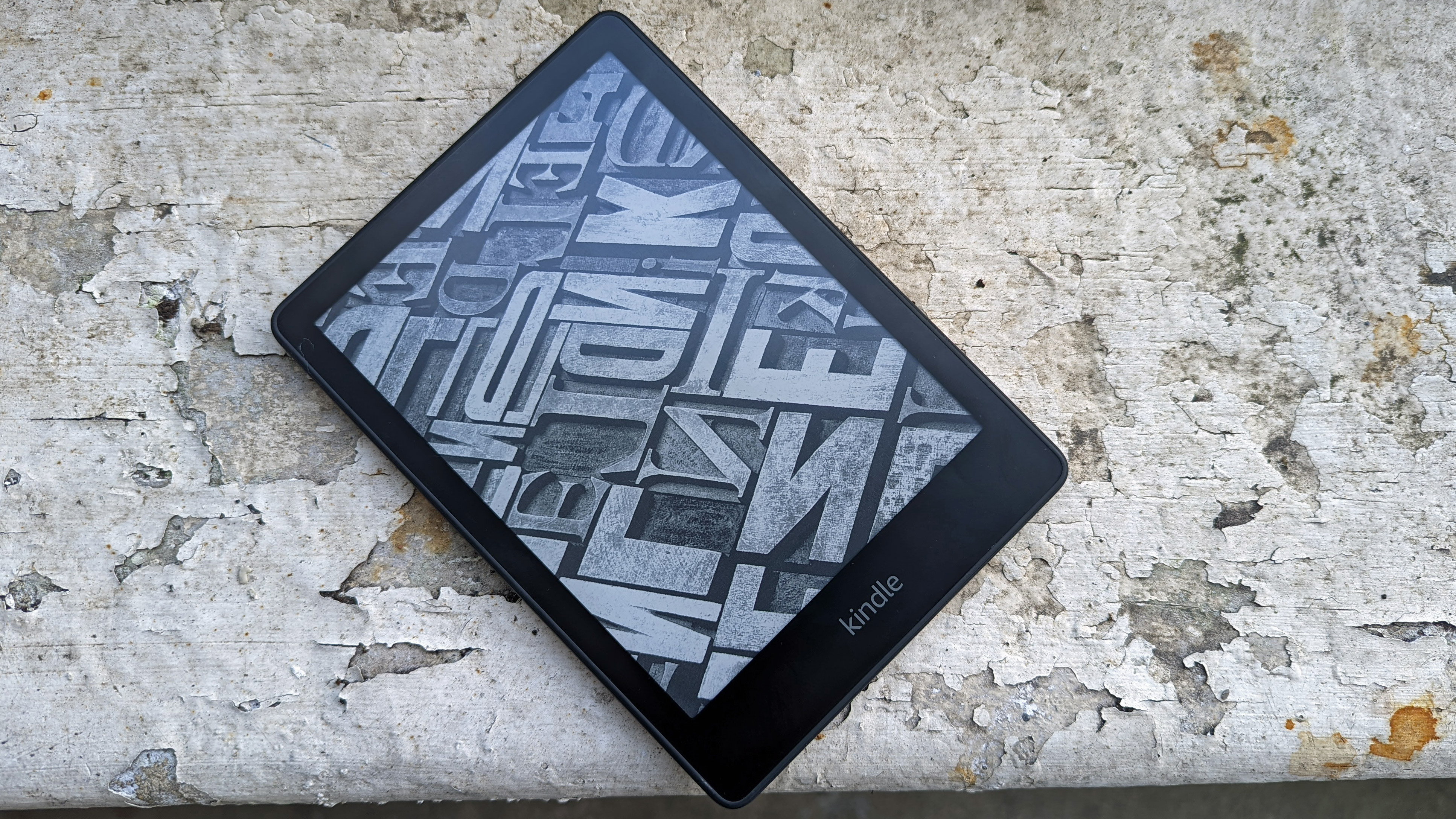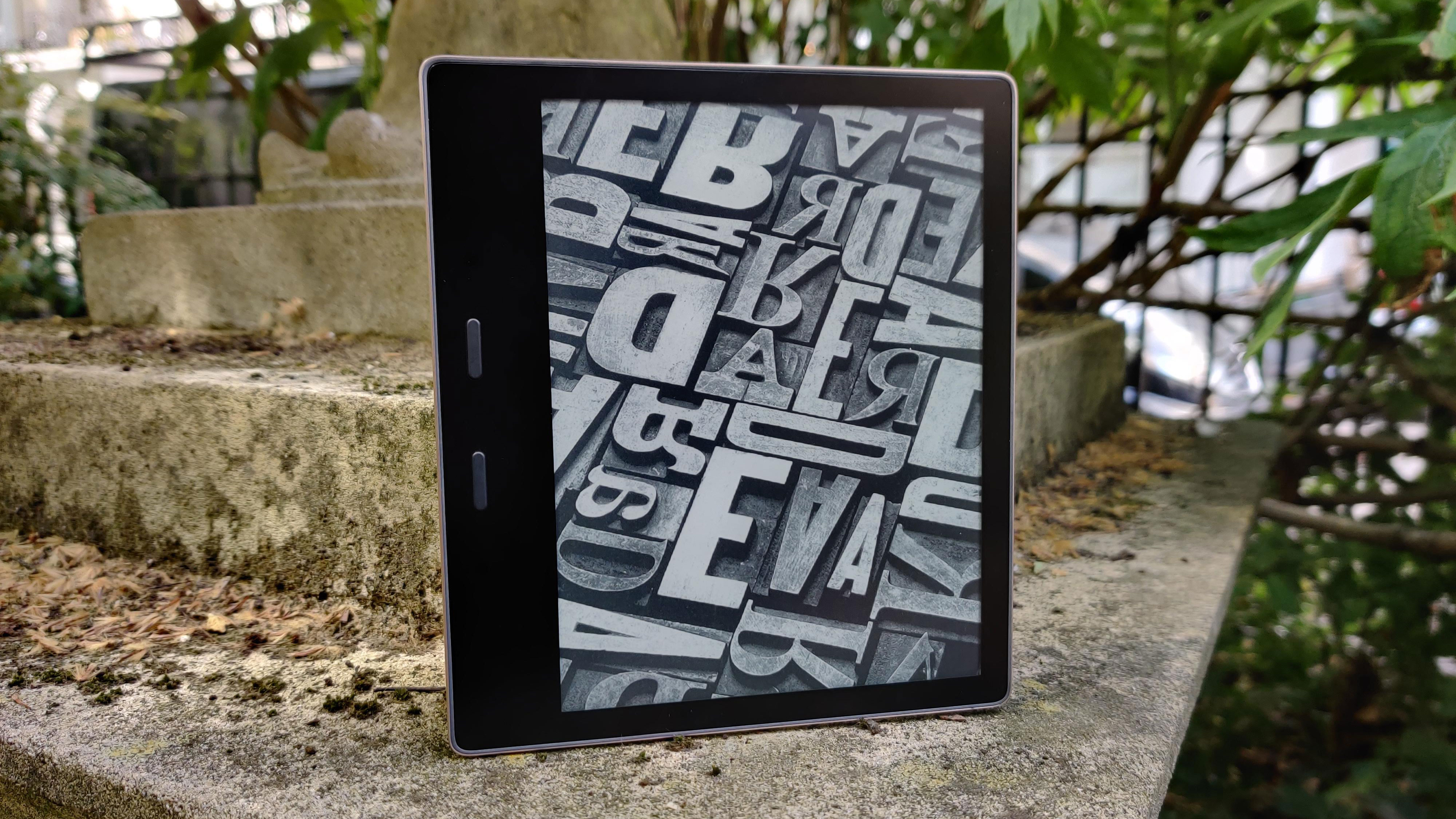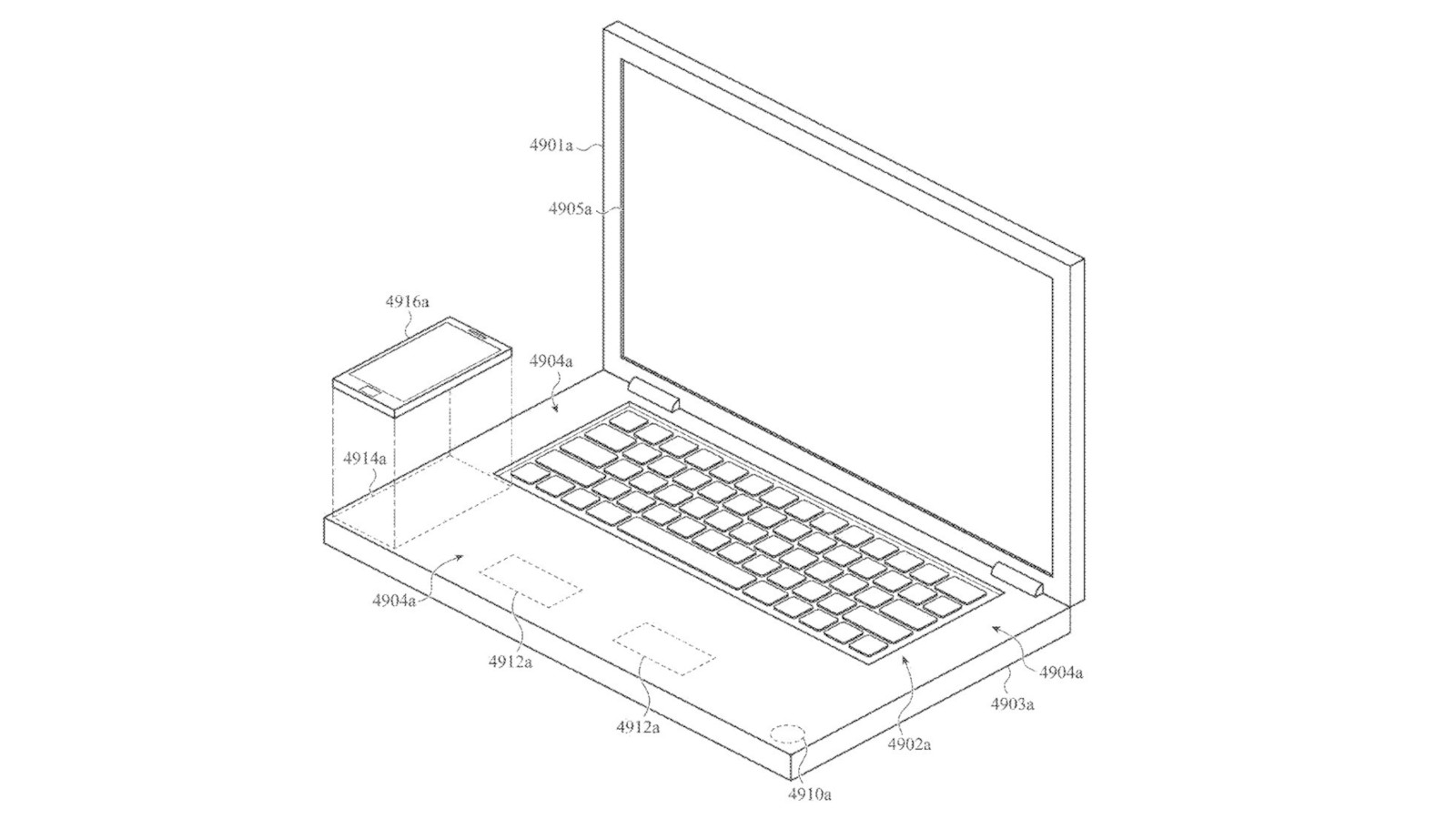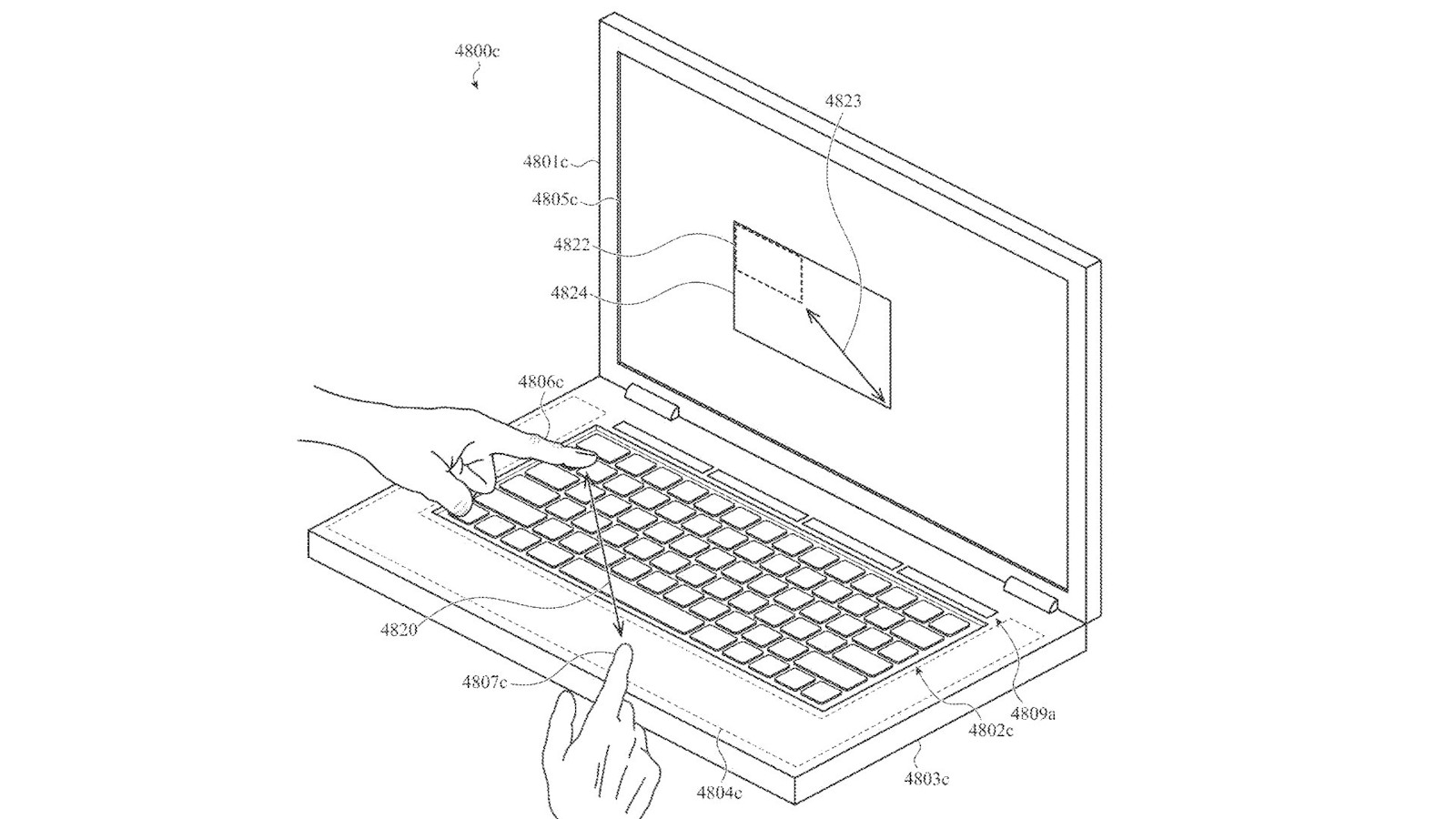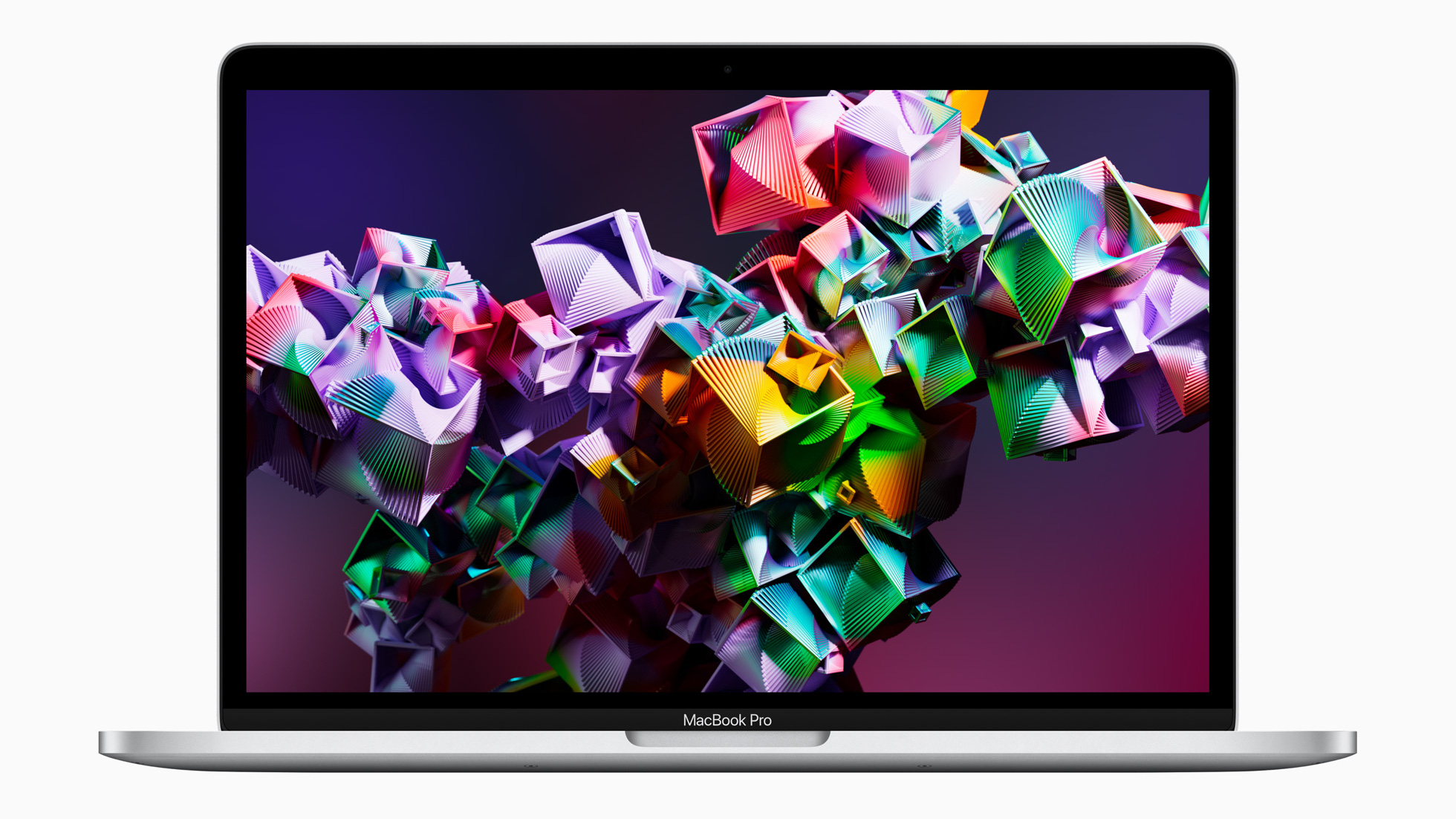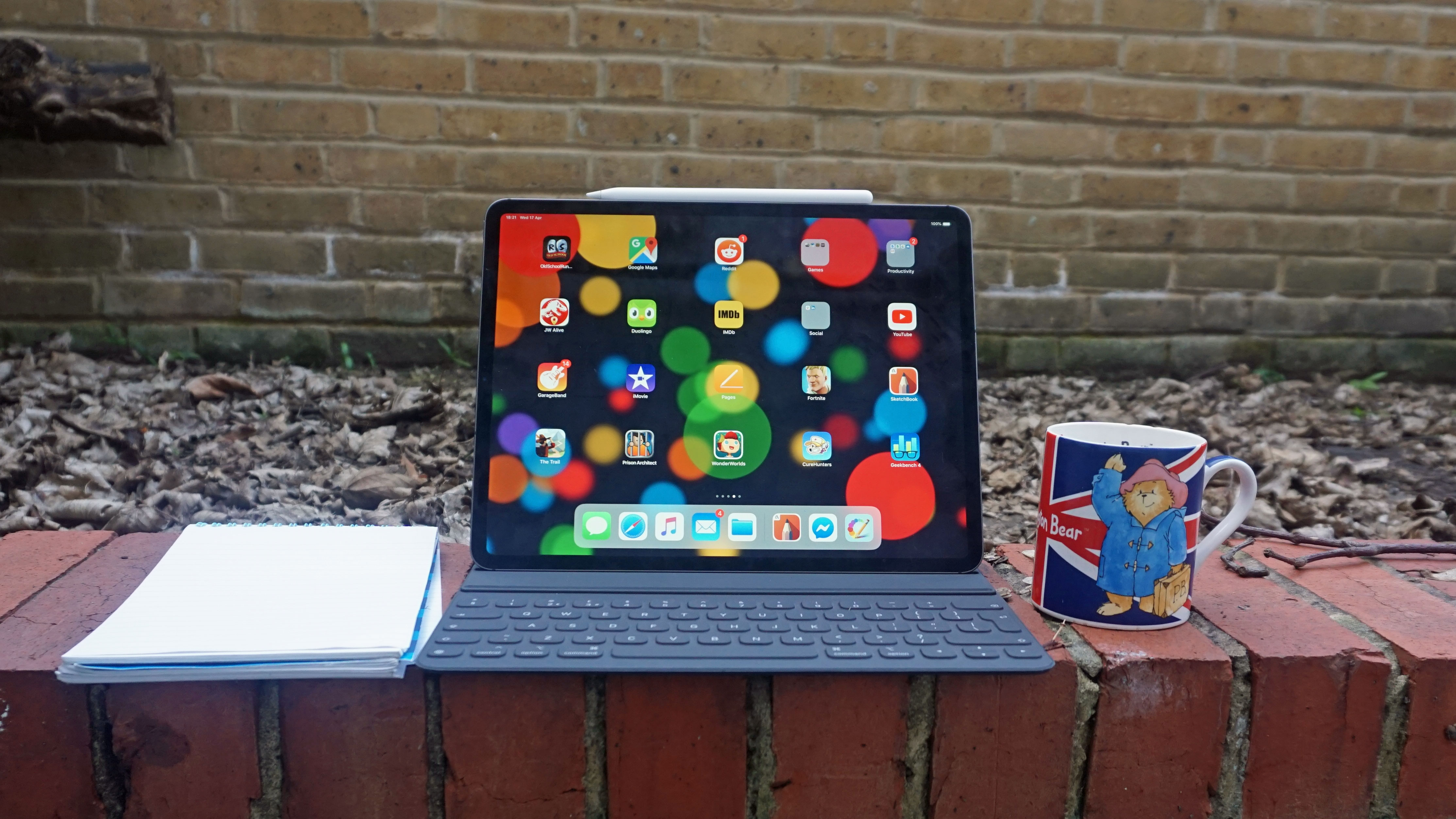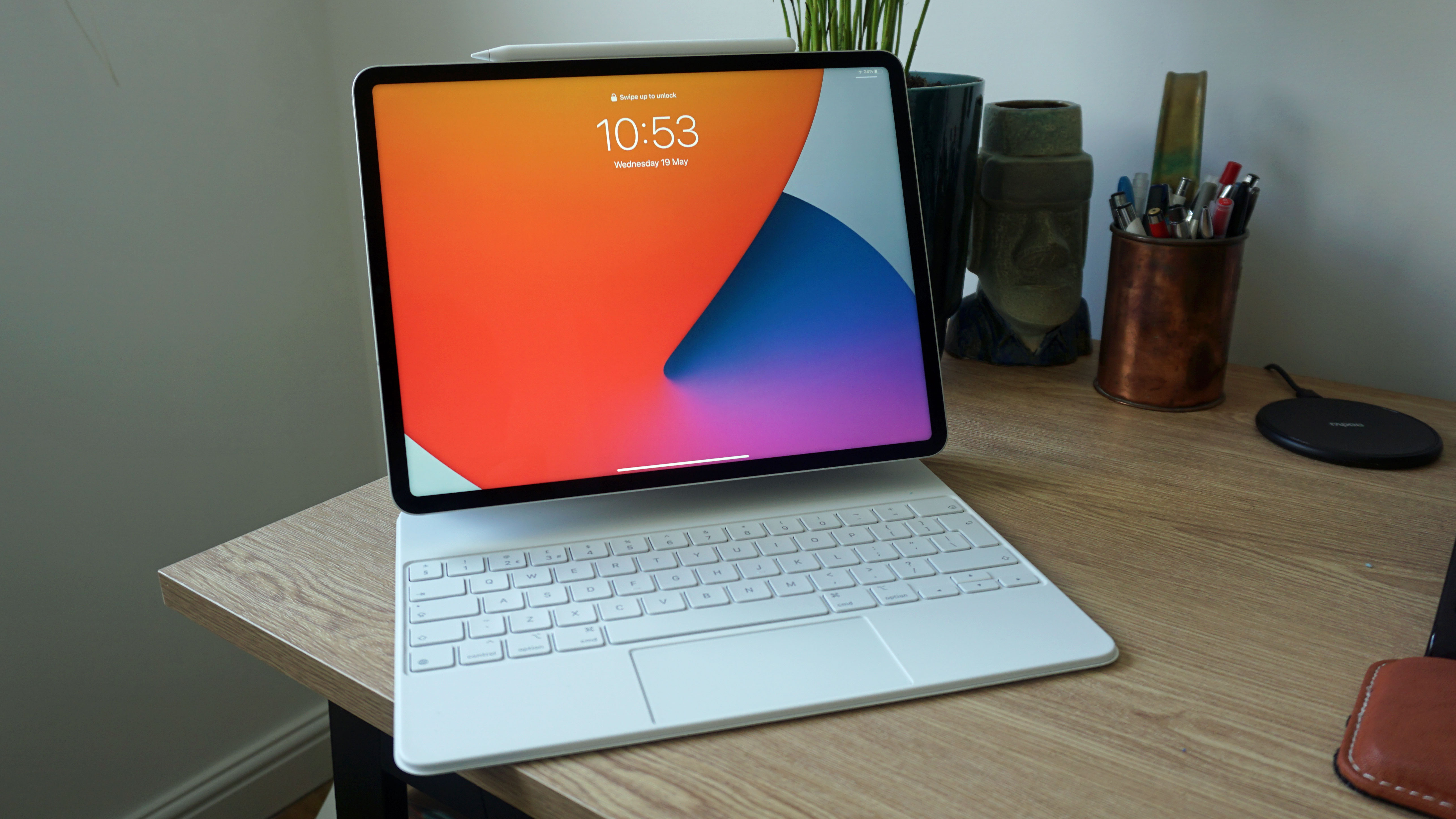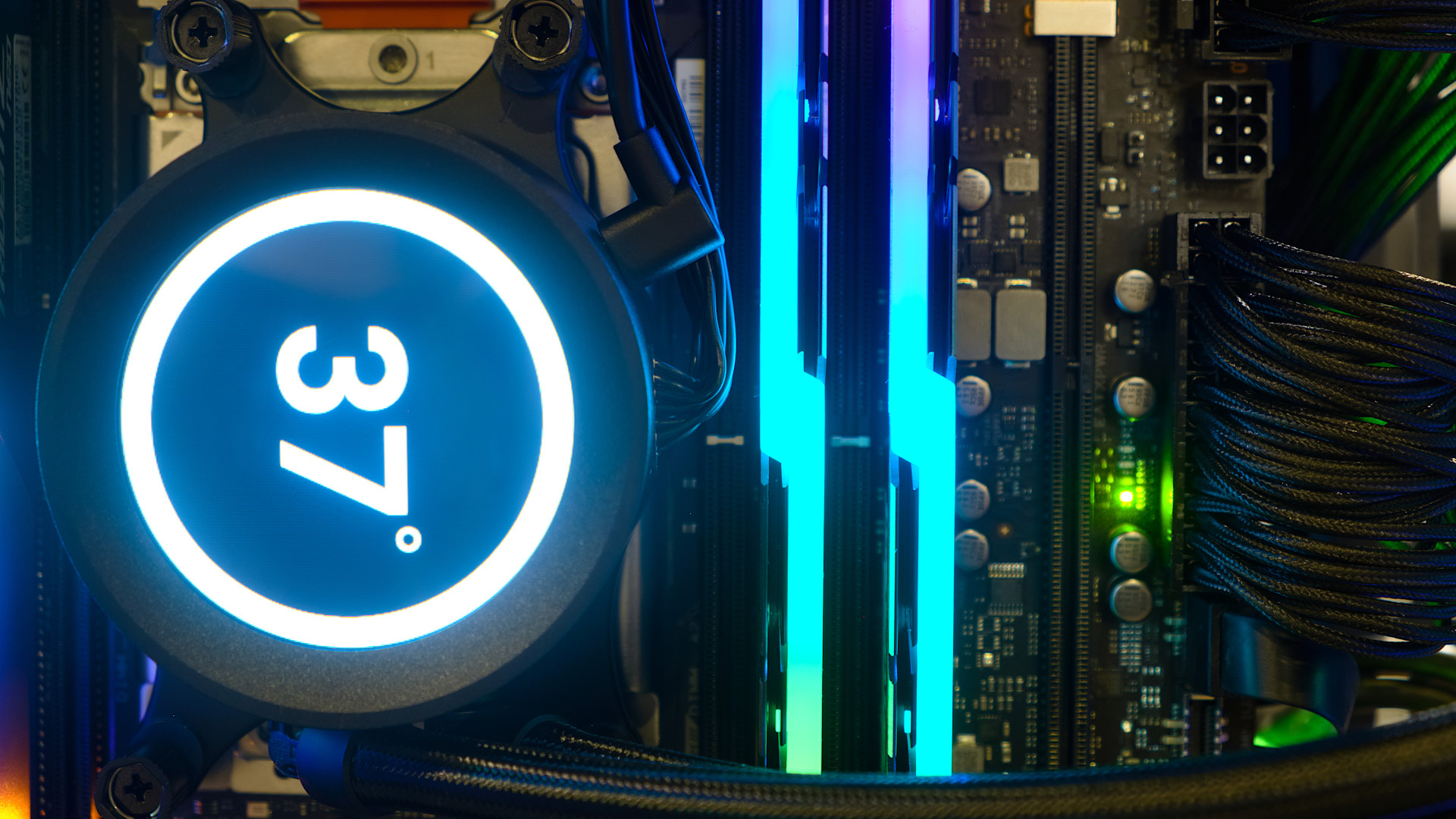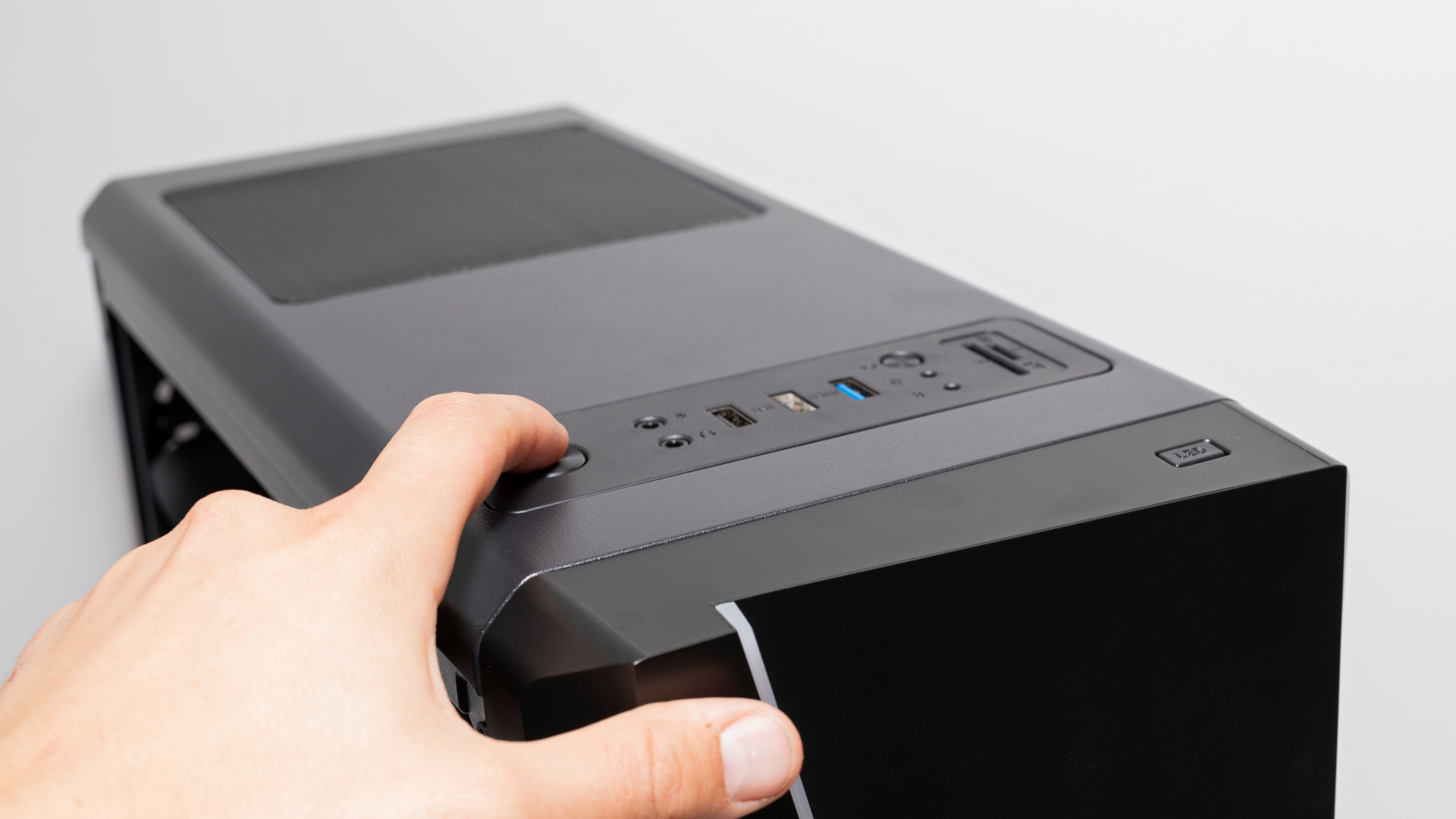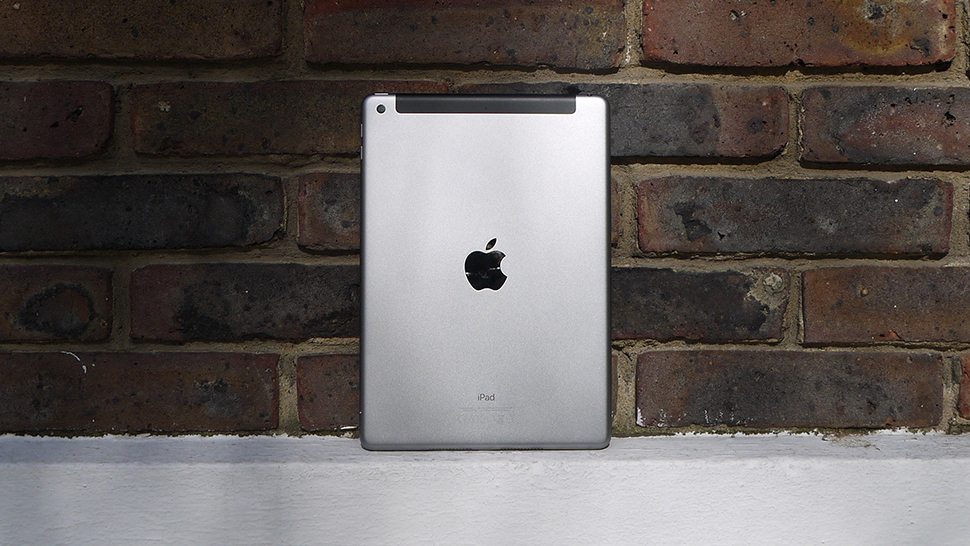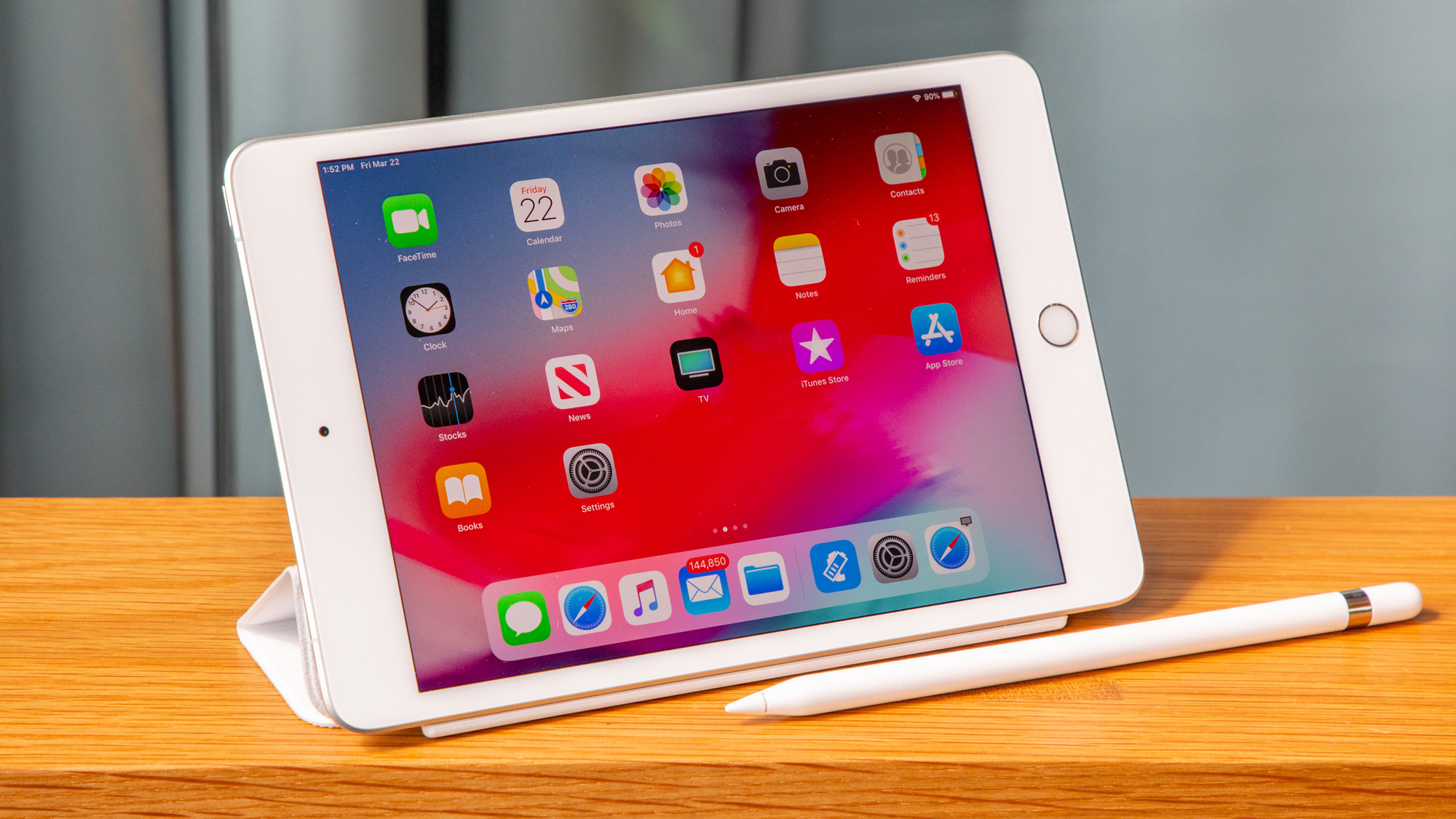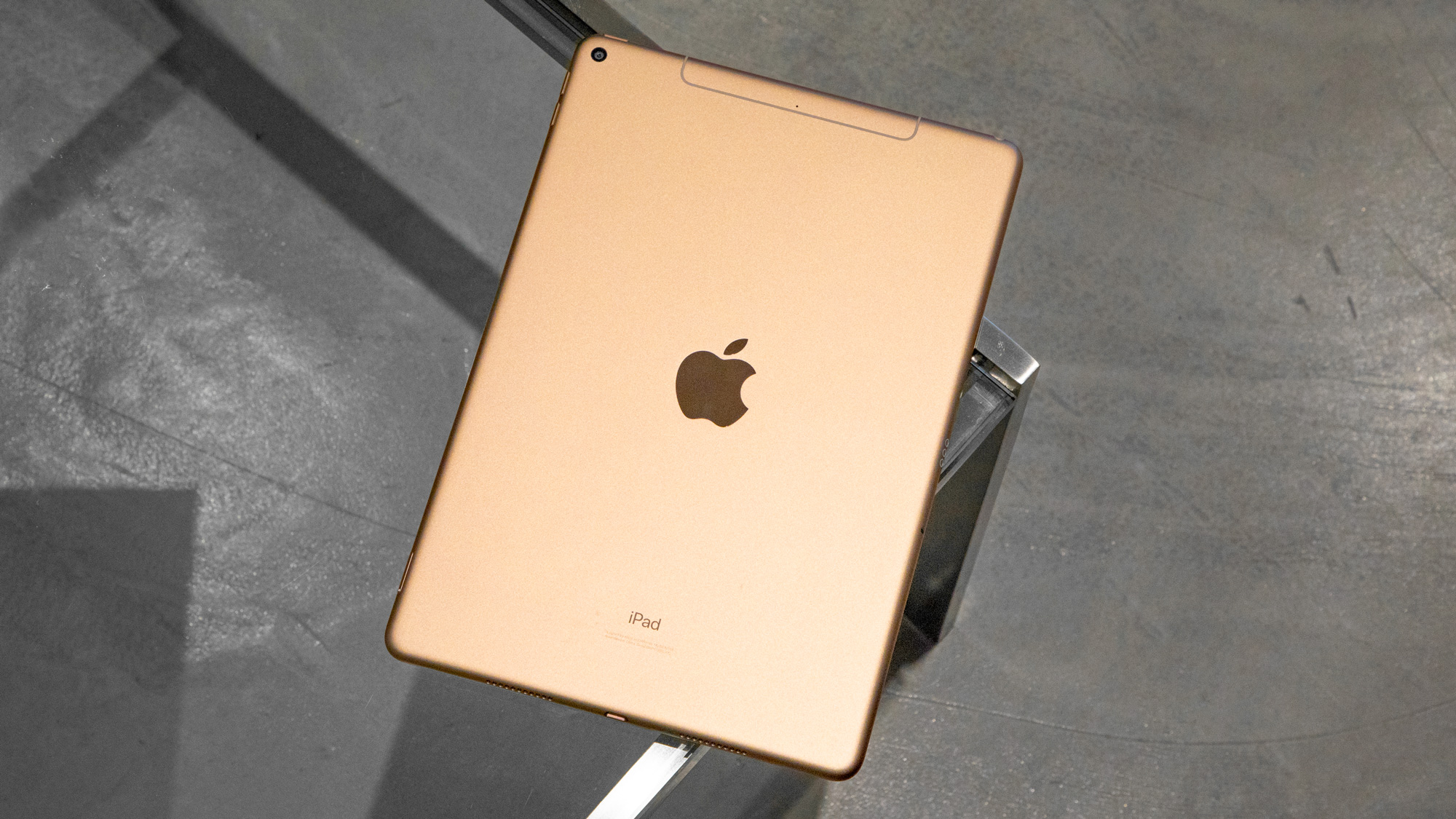Apple’s redesigned MacBook Air with the M2 chip, which was recently revealed at WWDC 2022 and has been keenly awaited since, will supposedly go on sale come July 15.
That’s the word from MacRumors, which cited a retail source for this fresh info on the release schedule for the MacBook Air (M2, 2022).
As ever, we can’t treat this as anything concrete, but MacRumors is one of the more trustworthy Apple-focused sites out there, and the date does fit with what we’ve heard previously – namely that the new MacBook Air will arrive at some point in July.
Assuming the July 15 date is on the money, pre-orders will presumably go live somewhat before that date. July 8 is the pre-order date MacRumors is expecting (and a week beforehand makes sense, of course).
If you’re thinking about grabbing yourself a shiny new M2-powered MacBook Air, then we’ve got a dedicated page linking through to all the main retailers set to sell the laptop (Apple included) to help you get that pre-order in sharpish (hopefully in the very near future, by the sound of things).
Pricing for the MacBook Air M2 starts at $1,199 / £1,249 for the entry-level model with 8GB RAM and a 256GB SSD.
Analysis: Slower SSD issue might also affect the MacBook Air M2?
A week tomorrow, then, we could see pre-orders going live for the MacBook Air, and there’ll be quite a rush on for this new model, no doubt. It’s a major redesign that makes the Air lighter and thinner than its predecessor, yet with a larger screen, very much in contrast to the MacBook Pro 13-inch with M2 chip that was also unveiled at WWDC 2022, which didn’t change much (and is already out there).
Speaking of that MacBook Pro M2, you might have noticed that we recently found out that the SSD on the entry-level model is actually slower than the solid-state drive in the M1-toting MacBook Pro. Why? It’s due to the Pro M2’s drive having a single 256GB NAND chip, as opposed to a pair of 128GB chips in parallel with the M1, with the latter providing better performance levels.
The question many would-be MacBook Air buyers are now asking is: will the M2 version of this new laptop suffer from the same SSD issue? Note that it’s just with the entry-level MacBook Pro M2 that Apple has gone this route with the storage (to save money), and higher tier models are apparently unaffected.
So, if Apple has also taken this same approach with the MacBook Air M2, that’d be a possible reason to give the entry-level model a swerve (though depending on your use case, the slower SSD may not have any noticeable effect in real-world usage, anyhow). Another reason to look at the higher tier models is that stock is likely to be more robust, as we expect the cheapest model will be subject to something of a stampede of buyers initially (SSD issues or not, frankly).
from TechRadar - All the latest technology news https://ift.tt/vlz2PwG
